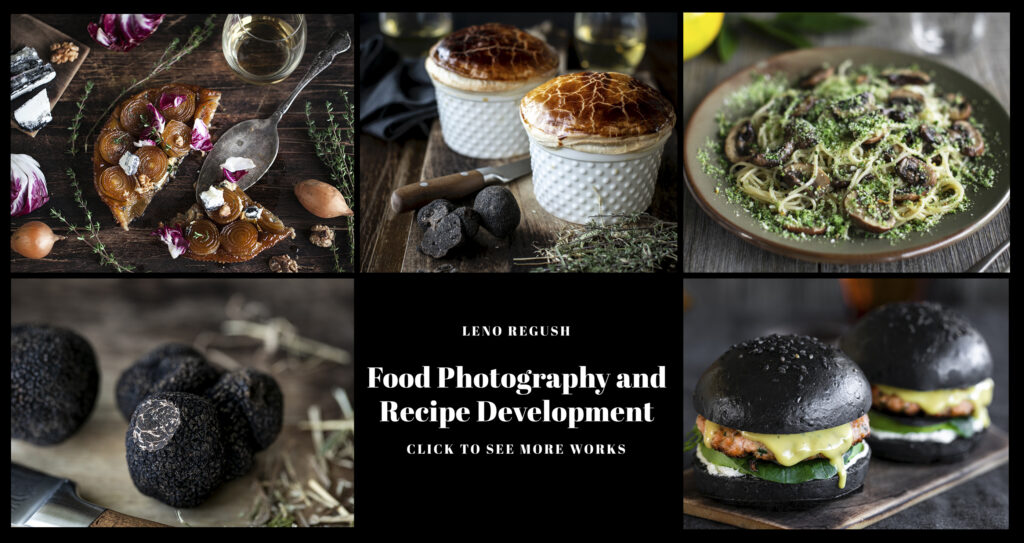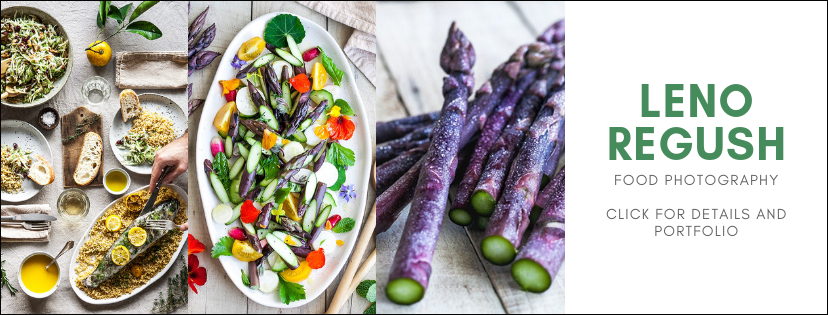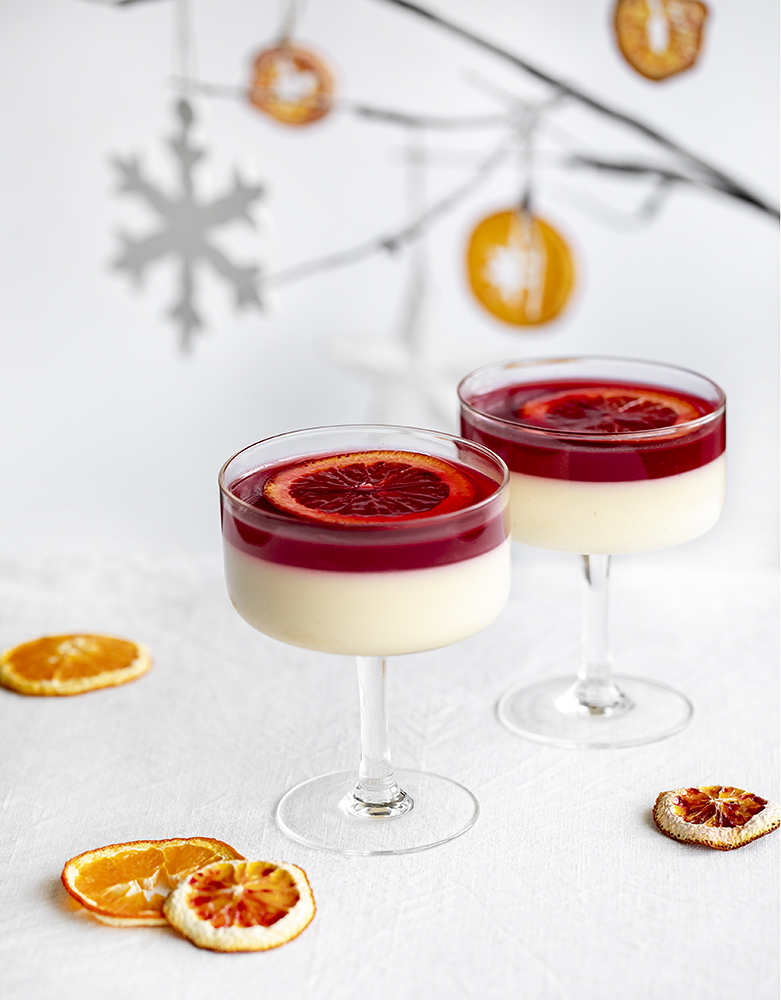A few days ago I did Mari Kondo-ing of my kitchen cupboard. I do tidying up pretty often, just because this is an important part of my work if you do the recipe development your pantry has to be always full of fresh ingredients. Guess what I found there? Rice, rice and more rice. 11 different varieties of rice from around the world. Seems like somebody is crazy about rice in our house.
Can’t wait to share details with you. Below you can find information about each rice variety and how I use them.

- Bomba rice
Bomba rice is a variety of great quality worldwide fame. Bomba is Paella Rice from Spain. Relatively short, round-shaped has the unique feature of not opening lengthwise. When cooked it sizes increases until 3 times, absorbing three times its weight in liquid, leaving each grain separated.
What to cook? Grab your Paella pan and make Healthy version of Seafood Paella or indulge yourself with Spanish Black Seafood Rice (Paella Negra).

2 Koshihikari rice (Sushi rice)
This super-premium Japanese short-grain rice has unique characteristics – versatility, firmness, consistency, aroma and natural sweetness. It is a premium grain that is perfect for Japanese dishes and desserts.
Koshi naturally possess optimum water absorption properties when cooked, allowing the rice to stick together and retain its softness for longer.
Translated as “the light of Koshi” in reference to an ancient province in Japan, Koshi is also commonly used as the hero in Japanese, Korean and Chinese cuisines.
What to cook? Impress your loved ones with beautiful and delicious Pink doughnut sushi (learn how to make pink rice and season sushi rice properly in this recipe). Or grab your chopsticks and enjoy Blow torch seared tuna Poke bowl (the recipe includes video). Or try a healthy version of Korean bibimbap (video recipe is included).
Koshihikari rice also perfectly suits for dishes such as a chicken/salmon Teriyaki or Oyakodon.


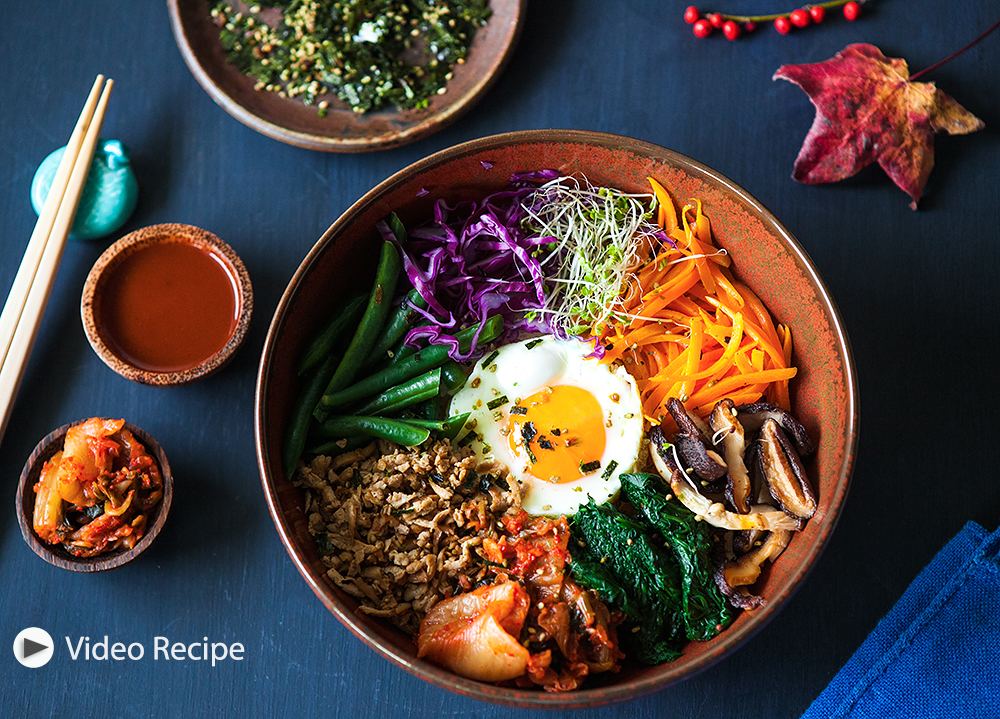
3. Korean sweet rice.
Korean sweet
What to cook? I use Korean sweet rice as stuffing in Korean ginseng chicken soup. Or mix glutinous rice with brown rice and red/black rice to make it softer and more appetizing.
4. Japanese short grain brown rice.
The unpolished and unrefined form of white rice is known as brown rice. This variety is obtained by removing just the outer hull of the kernel of rice and retains the layer of nutrient-filled bran. Brown rice is an excellent source of protein and has a rich amount of fiber too.
Most people are accustomed to eating tough-skinned brown rice with a chewy texture and often soak it for up to 24 hours before cooking. If rice is a standby in your weekly meal plan, you may want to think about investing in a dedicated rice cooker. This trusty appliance helps you sidestep the difficulty of preparing rice the old fashioned way—all you have to do is portion out the rice, add a little water and let the rice cooker handle the rest. When preparing brown rice, however, it’s especially important that the ratio of rice to water be exact. The key is to use a slightly higher amount of moisture in order to ensure that the rice comes out fluffy, tender and delectable. For those of you who are already familiar with the benefits of having a rice cooker, take my personal advice and go high end such as CUCKOO.
What to cook? Healthy salads and Macrobiotic bowls, such as Japanese Style Tofu Salad with Miso-sesame Dressing or Japanese Style Macrobiotic Bowl.
Try Indonesian-style Brown Rice Porridge with Vegetables and Soft-boiled Egg (Bubur Sayur).
Start replacing your white rice diet with the healthier and tastier brown rice. You could also mix brown rice with red/black rice or quinoa, or adzuki beans to get more taste and texture.
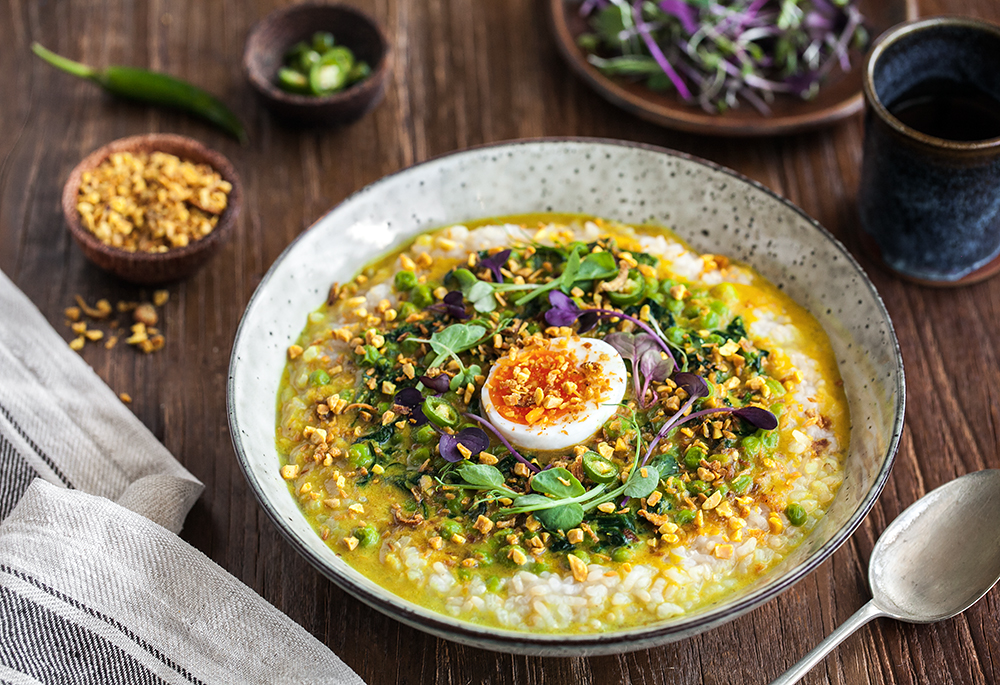
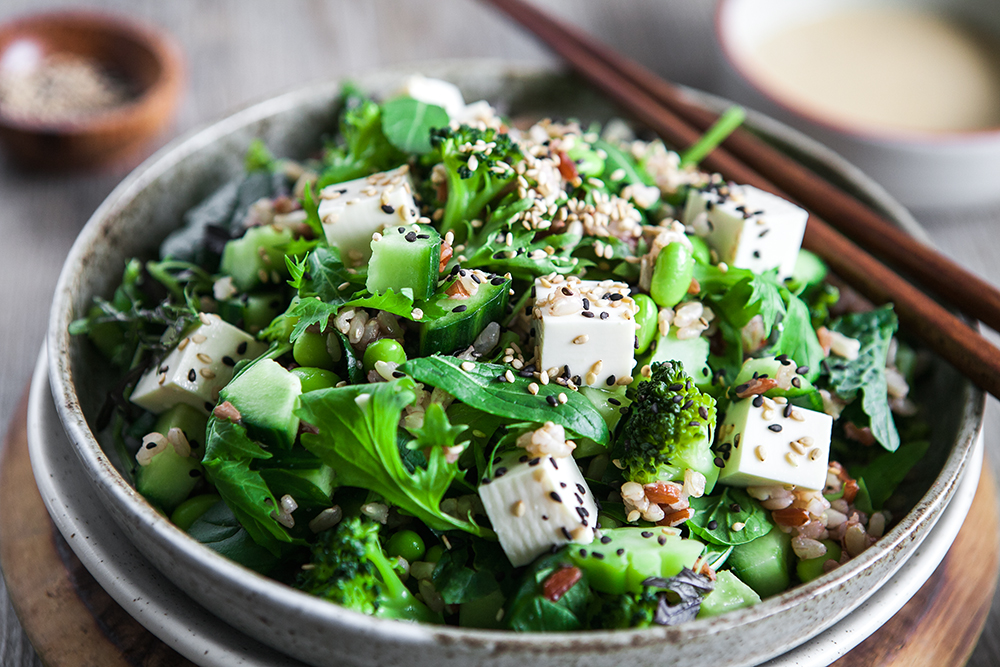
5. Thai glutinous rice.
Sticky rice, also known as “glutinous” or “sweet” rice, is a staple of northern and northeastern Thai cuisine, where it is used for both sweet and savory dishes. Most rice preparations that claim to be “steamed” are misleading, seeing as the grain is actually being boiled in water. But sticky rice really is steamed, after being soaked and rinsed in water. This produces rice that is tender but chewy, with individual grains that maintain their structure while sticking together.
I would recommend using a rice cooker to prepare sticky rice. But don’t forget to soak the rice first (I usually soak it overnight).
Sticky rice is perfect for tempering the heat of spicy dipping sauces, soups, and dressings, and it pairs really well with grilled or roasted meat and fish.
What to cook? Serve sticky rice with lemongrass chicken and
6. Bishoku Do rice (Japanese black rice).
Bishokudo rice has a pleasant nutty flavor with a tone of dried fruits. It is fiber-rich content and has a lower glycemic index than white rice. This best quality Japanese rice lifts up the taste of your salad, fried rice or curry to the next level.
What to cook? Grab the spoon and enjoy Indonesian-style Fried Rice Nasi Goreng with Egg, Turmeric Tofu Skewers, and Quick Pickles.
Mix Bishoku Do rice with brown rice or quinoa to get more taste and texture.

7. Thai Jasmine rice
Jasmine rice is one of the most commonly available white rice varieties. The mild flavor and sweet scent of jasmine rice make it a favorite among rice lovers. Aromatic long grain rice originally is grown only in Thailand. Jasmine rice has a slightly sticky texture.
What to cook? Jasmine rice is ideal for eating with stir-fries such as Cashew stir-fry. Could be a great side dish for Oriental stir-fry, Thai green curry, Tom Yum soup or grilled fish.
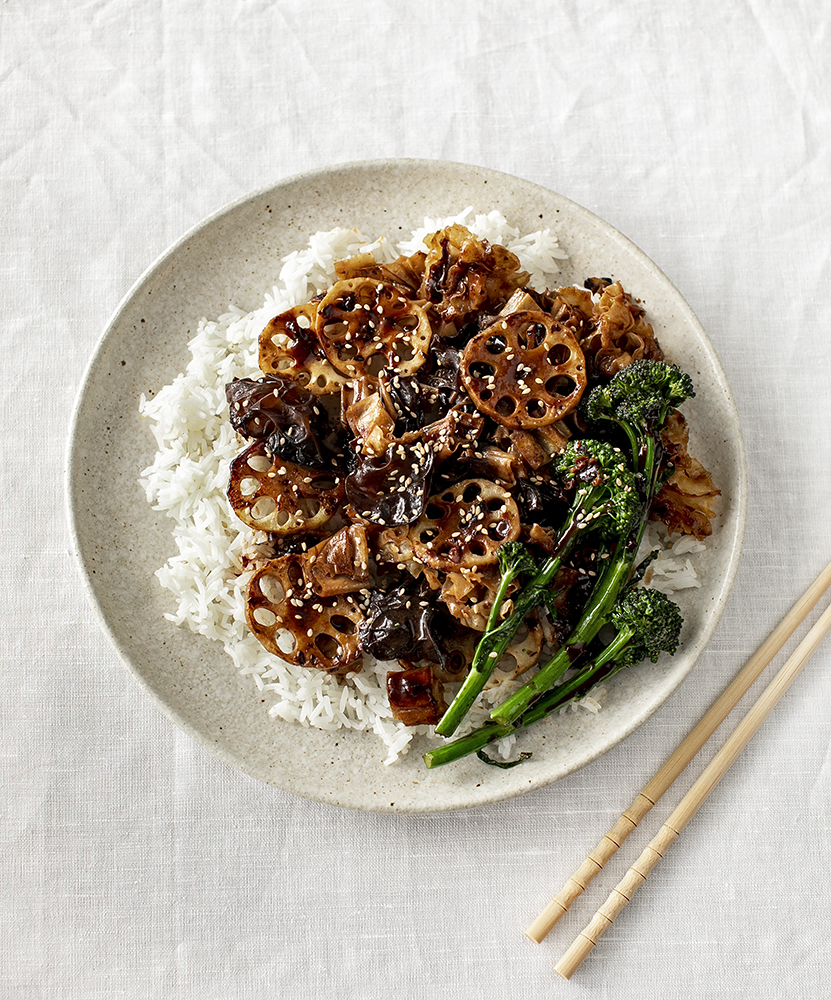
8. Red cargo rice (China).
Red Cargo rice is a type of non-glutinous long grain rice that is similar to brown rice, in that it is unpolished. Red Cargo Rice is firm and chewy, with a sweet, nutty taste.
Like brown rice, red cargo rice takes longer to cook than regular white rice. I would recommend using a rice cooker to prepare.
What to cook? Healthy salads and Macrobiotic bowls, such as Japanese Style Tofu Salad with Miso-sesame Dressing or Japanese Style Macrobiotic Bowl.
You could also mix red cargo rice with brown rice or quinoa to get more taste and texture.
9. Arborio rice.
Arborio rice is a high-starch, short-grained rice used for making risotto.
Starchy grains blend wonderfully with every ingredient and produce a luscious creaminess.
No need to wash arborio rice before cooking – the extra starch creates the essential creamy texture.
What to cook? Try healthy and delicious Asparagus and Celeriac Risotto.

10. Black glutinous rice
Black glutinous rice is a type of black rice, which turns to a deep purple when it is cooked. Its rich color makes an impressive addition to any dish and turns the water it is cooked in a dark purple. This is a type of rice grown mainly in Southeast and East Asia, which has opaque grains and is especially sticky when cooked. It is called glutinous in the sense of being glue-like or sticky, and not in the sense of containing gluten.
What to cook? Enjoy the traditional breakfast of Bali island Black Rice Mango Coconut Pudding.
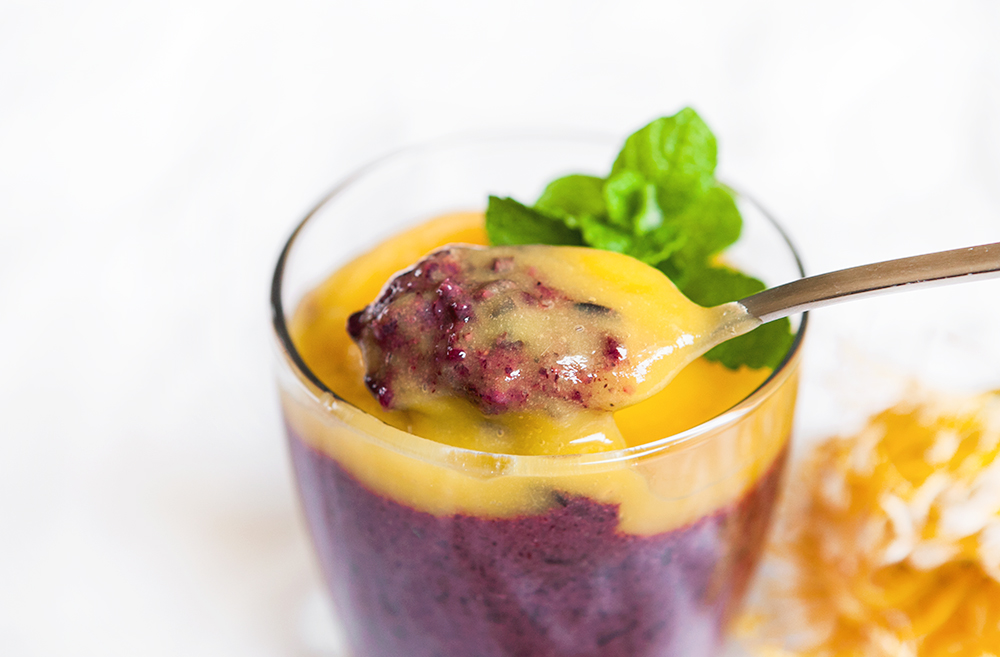
11. Basmati rice (India).
Basmati is a fragrant, nutty-tasting long-grain rice grown in the Himalayas and Pakistan. Basmati is delicious and versatile rice.
What’s great about basmati is that it is so simple to cook, so there’s no need to be a kitchen whizz, so I use basmati very often, especially for quick and easy weekday dinners.
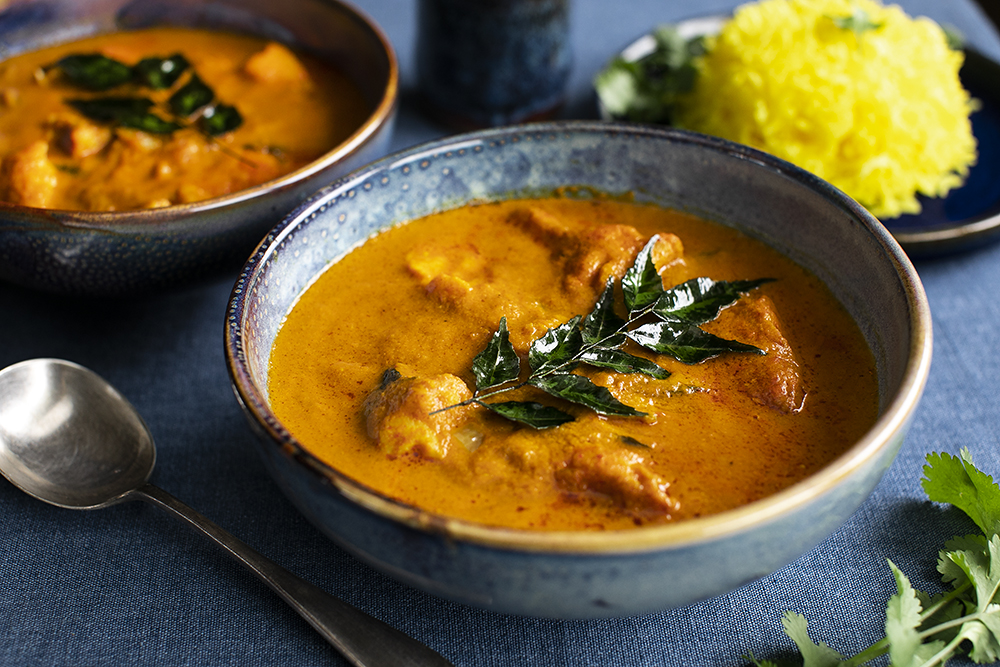
What to cook? Absorbing the flavours of the dish it is being cooked in, Basmati makes the perfect choice for a variety of recipes such as Goan fish curry, biryani, one-pot chicken rice, vegetable fried rice, saffron rice, Persian rice cake, pilaf, spinach and tofu curry.


